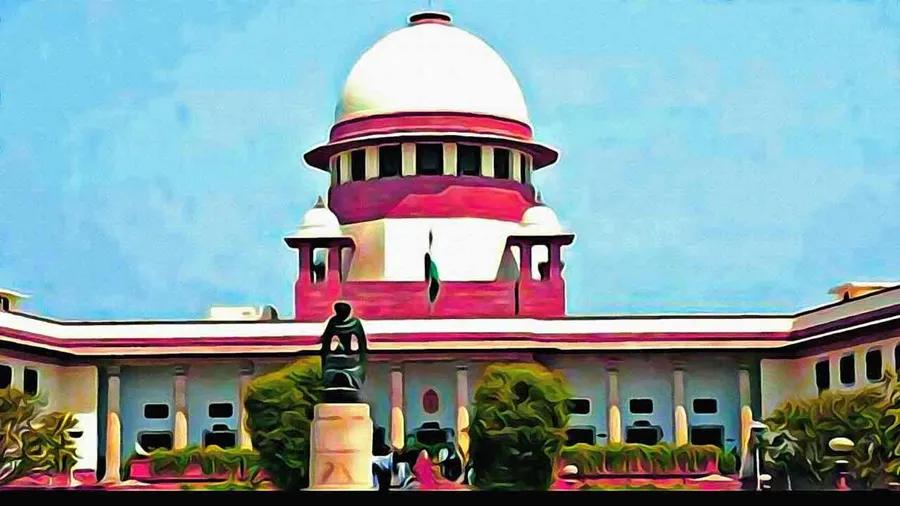The Shambhu border standoff between protesting farmers and the Haryana government has reached the Supreme Court, which is seeking a peaceful resolution through dialogue and understanding.
The Genesis of the Shambhu Standoff
The genesis of this standoff lies in the farmers’ protest at the Shambhu border near Ambala, which began on February 13th. Their demands include legal guarantees for Minimum Support Prices (MSP) for their produce. The Haryana government’s decision to barricade the Ambala-New Delhi national highway in response to the protest escalated the situation, leading to the current impasse.
Supreme Court Upholds the Right to Peaceful Protest
The Supreme Court, while acknowledging the Haryana government’s concerns about the blockade, has emphasized the fundamental right of citizens to express their grievances in a democratic setup. However, the court also urged the farmers to demonstrate their dissent responsibly, ensuring that essential services and movement of goods are not unduly disrupted.
Judicial Intervention: A Catalyst for Dialogue
The Supreme Court’s intervention has paved the way for a potential resolution through dialogue and mediation. It has proposed the formation of an independent committee comprising neutral personalities to engage with the protesting farmers and address their concerns. This approach reflects the court’s commitment to upholding the principles of democracy and facilitating a peaceful resolution to the conflict.
Collaborative Efforts Towards a Solution
The court has directed the Punjab and Haryana governments to suggest names for the independent committee, emphasizing the importance of selecting individuals who command respect and trust from all stakeholders. It has also encouraged the two states to collaborate and find mutually agreeable solutions to ensure the smooth flow of traffic on the national highway.
The Way Forward: A Test of Statesmanship
The Shambhu border protest presents a challenge for both the governments and the protesting farmers. It is a test of statesmanship and the ability to find common ground through dialogue and compromise. The Supreme Court’s intervention offers a ray of hope for a peaceful resolution.
Conclusion
The Shambhu border farm protest is a complex issue with no easy solutions. However, the Supreme Court’s proactive approach, emphasizing dialogue and mediation, offers a glimmer of hope. The success of this approach hinges on the willingness of all stakeholders to engage in constructive discussions and find mutually agreeable solutions. The nation awaits the outcome of this process with bated breath, hoping for a resolution that upholds both the farmers’ right to protest and the public’s right to unhindered movement.
Key Takeaways:
- Farmers’ Protest: Farmers are protesting at the Shambhu border, demanding legal guarantees for MSP.
- Supreme Court Intervention: The court emphasizes the right to protest while urging responsible demonstration.
- Independent Committee: The court proposes forming a committee to engage with the protesting farmers.
- Collaborative Efforts: The court encourages collaboration between the Punjab and Haryana governments to find solutions.
- Hope for Resolution: The court’s intervention offers a ray of hope for a peaceful resolution to the standoff.
Soumya Smruti Sahoo is a seasoned journalist with extensive experience in both international and Indian news writing. With a sharp analytical mind and a dedication to uncovering the truth, Soumya has built a reputation for delivering in-depth, well-researched articles that provide readers with a clear understanding of complex global and domestic issues. Her work reflects a deep commitment to journalistic integrity, making her a trusted source for accurate and insightful news coverage.



